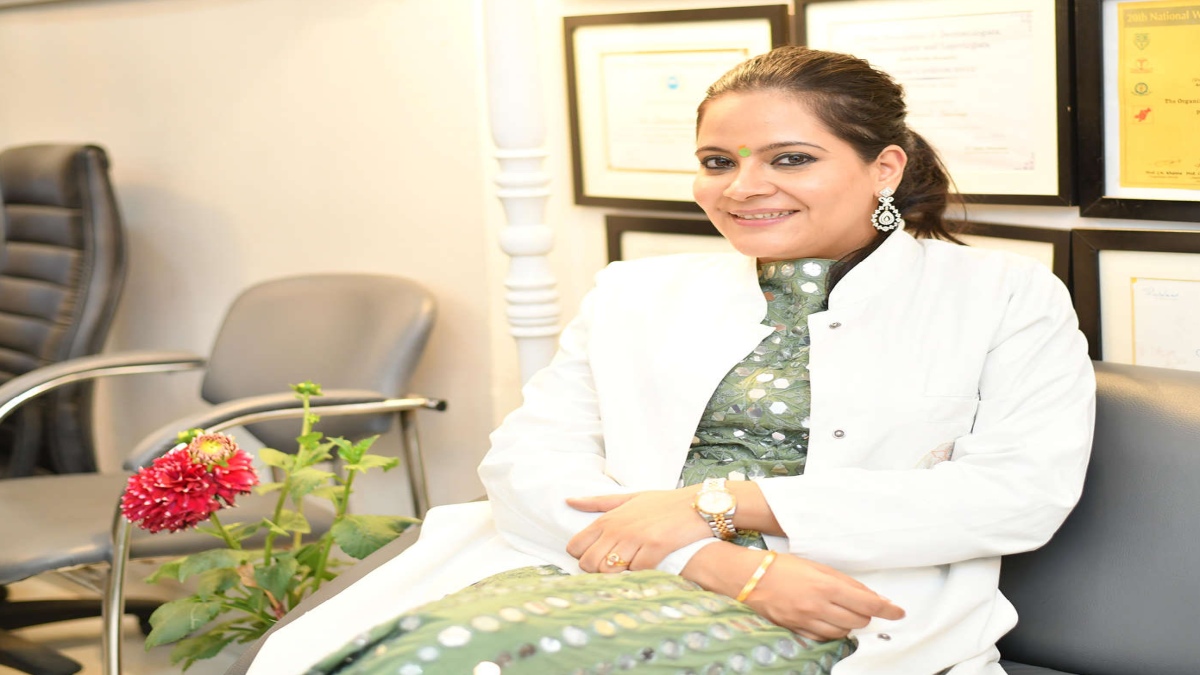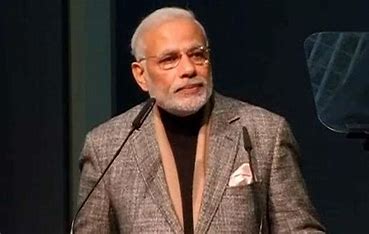
Did Dharavi defeat Covid-19 because of herd immunity or was it sheer luck? A recent research cleared this doubt. The research, ‘Dharavi Slums (Mumbai, India): The Petri Dish of Covid-19 Herd Immunity’, was conducted by Dr Deepali Bhardwaj, Centre for Skin and Hair Pvt Ltd, India, with Zameer Shervani, Food & Energy Security Research & Product Centre, Japan, and Roma Nikhat, Food & Energy Security Research & Product Centre, Japan. It showed how the herd immunity acquired in Dharavi residents stopped the new infection. One million Dharavi slum dwellers living in a crowded semi-isolated cluster mimic the petri-dish model of a human population which is now a near Covid-19 free zone due to the presence of antibodies in the residents. This research can prove to be useful in calculating the concept of herd immunity in the country. Excerpts of the interview with Dr Deepali Bhardwaj :

 Dr Deepali Bhardwaj, Centre for Skin and Hair Pvt Ltd.
Dr Deepali Bhardwaj, Centre for Skin and Hair Pvt Ltd.
Q. What influenced you to conduct this study? Can you share the findings?
In Dharavi slums, the seroprevalence was found to be 57% and 45% in the first and second surveys. This amount of antibodies prevalence must be good for herd immunity. We investigated if herd immunity prevailed. In the other slums of Mumbai Cuffe Parade, the seroprevalence was 75%. The same 75% population of Dharavi also should have developed antibodies by now.
Dharavi is now a Covid-zero zone with no new infection (zero infection) registered on many occasions. Because of semi-chamber-like crowded rooms, each shared by 10-12 persons with common toilets and water taps with poor ventilation has promoted the residents infecting each other thus developing antibodies for the virus. No vaccination in the population was done. 3Cs (avoid closed spaces with poor ventilation, avoid crowded places with many people, and avoid close-contact settings such as conversations) were also not maintained as it was not possible in the slums. As was suggested by many the Dharavi model does not exist. It is a case of antibodies prevalence in the residents of the slum that gave herd immunity to the population. So, it is now a zero-infection or Covid-zero zone.
Q. How will this research prove to be beneficial in the long run?
This research will be useful in calculating the concept of herd immunity in the country. India can be better prepared by doing an updated serosurvey to know what percentage of the population developed antibodies if herd immunity can be achieved to deny the third wave of infection.
Q. With the impending third wave of Covid-19, besides increasing Covid testing, vaccination, and ramping up the production of medical equipment, what are the other ways to curb the surge in cases?
The third wave will come surely due to change in the environment if herd immunity would not be achieved till then either through the Dharavi slums-like manner or by vaccinating all. Lockdown, applying 3Cs, social distancing, hand hygiene, and mask usage will be needed to curb the third wave.
Q. According to you how severe is the third wave of Covid-19 going to be?
The third wave is due in five months at the onset of winters. The change in weather will cause the third wave, not the new variant as it was thought. It will be as damaging as the second wave or less but it’s unlikely that the third wave will be more damaging than the second wave.
Q. What can be an effective Covid response of Central government and state governments to be better prepared to tackle it?
An effective response by the government for a large democracy like ours is tough to outline but more is less at this time. But as we know transmission of SARS‑CoV‑2 is like Tuberculosis, we shouldn’t allow more mutations and try to control and not take this virus the TB way for India. The dead bodies in Ganga shall medically haunt us and can lead to new infections scientifically speaking so controlling that is the need of the hour along with debunking myths and vaccinating more and more people.
Also supporting them economically and especially with serosurvey indicating the third wave will be more dangerous in rural India. So preparing them for it, going to places with clusters like various urban slums, bastis, gaon, and galiyar. The way people in Dharavi slum maintained mask usage and hygiene as physical distancing wasn’t possible that often leading to controlled infection in all and eventually high antibody titre for all even without vaccine and no second wave or mutation was seen is needed for India. Government should be better prepared and improve the medical infrastructure for the third wave so people are not left gasping! People should also ensure not to take too many vitamins, tablets or too much steam and not panic.















